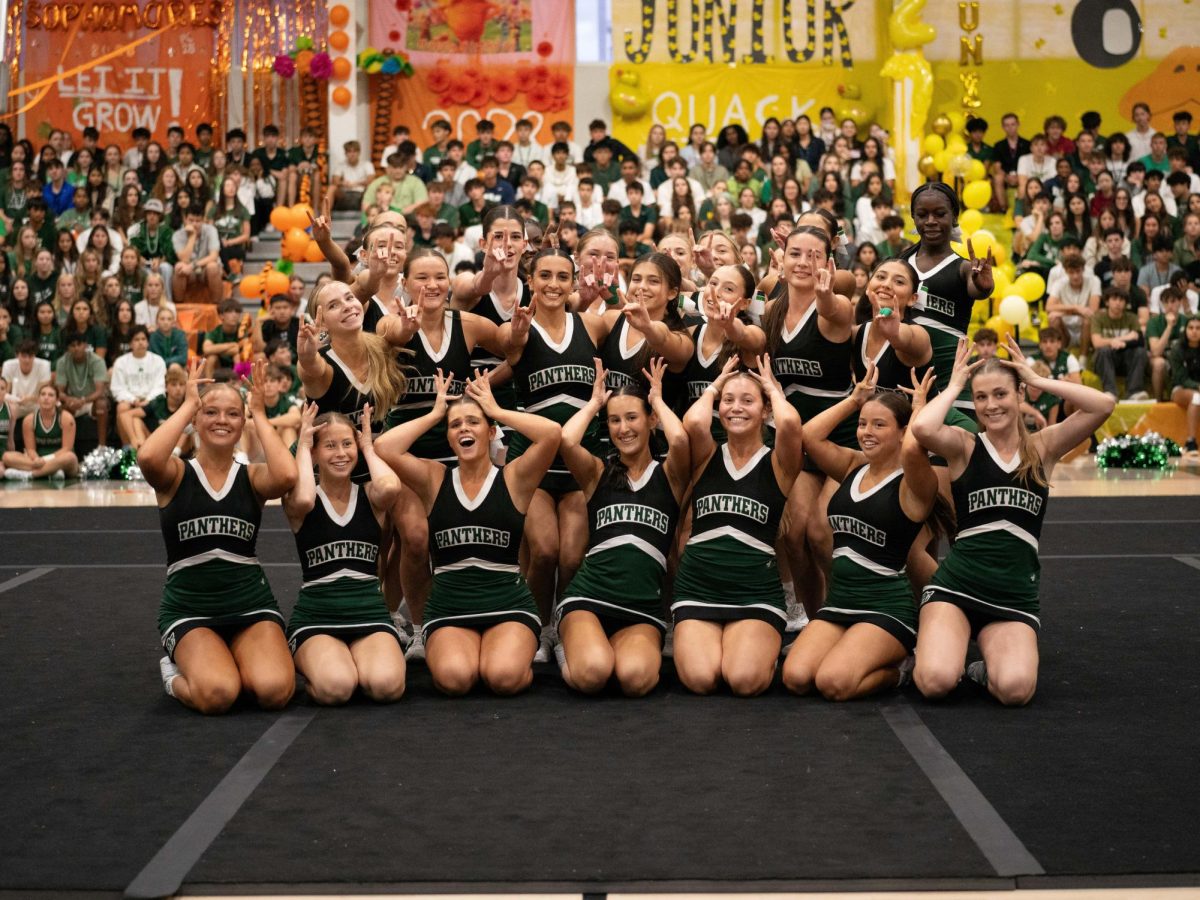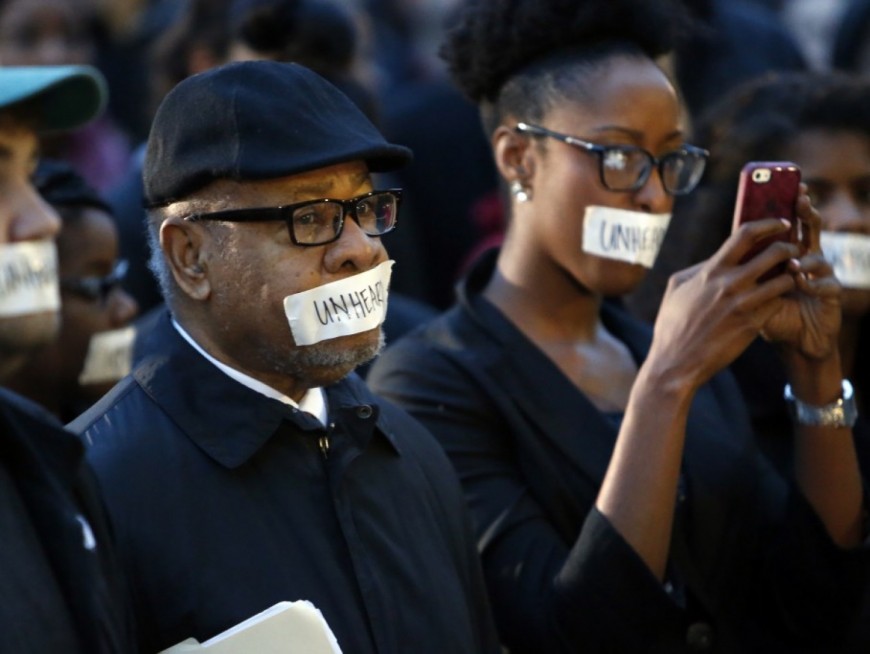[ot-caption title=”George Henderson, left, professor emeritus, joins students at the University of Oklahoma on March 9, 2015, in Norman, Okla., to protest a fraternity’s racist comments. (Steve Sisney/the Oklahoman via AP Images)” url=”https://pcpawprint.com/wp-content/uploads/2015/03/imrs.jpg”]
Have fraternities and sororities taken it too far? Colleges across the country are dominated by fraternity and sorority houses that students often join in their first year of college. Students base their fraternity or sorority house choice on their interests and experience a week-long “rush.” Then, each sorority and fraternity gives out acceptances to students. After the week of rushing, there is a three-month period in which students are pledging. At this point, the students are officially considered brothers and sisters in the fraternity or sorority. Once considered brothers and sisters, their lives completely change. The culture of the fraternity or sorority can dominate a student’s life. This reality potentially gives the fraternity or sorority major influence over members’ ideologies and tendencies.
Racism is apparent in parts of Greek Life across the country. Recently, fraternity brothers in the Sigma Alpha Epsilon (SAE) fraternity at the University of Oklahoma recorded themselves singing a racist chant while on a bus. Only two members of the fraternity could be identified; they were both expelled from the school. In addition, the fraternity was shut down and the house was closed, forcing all members to move out. This controversial event sparked outrage across the campus; there was a subsequent rally to raise awareness about racism. The president of the school, basketball coach and football coach walked alongside students in the rally to show how racism can be hurtful. Their message emphasized that people need to be aware of what they are saying because words can be cruel.
Many people believe that the boys in the fraternity should have been expelled. Blake Kushner, a Pine Crest sophomore, commented, “I believe that the SAE fraternity brothers in the video all should have been expelled because what they did was wrong and there should be consequences for their actions.” In contrast, there is a minority of people who believe that the students were just exercising their freedom of speech, and argue that they should not have been expelled. When this story first reached the news, it was thought to be an isolated incident, but recently the SAE chapter at the University of Washington also received allegations of racial discrimination. While some college students from another fraternity at the University of Washington walked on a march against racism, the SAE fraternity chanted racist slurs and made racist hand gestures. The school is still investigating so no punishments have been given out yet. However, this event has added to public outrage and further exploited the existence of racist attitudes in some parts of college culture. Another incident recently occurred at North Carolina State University where a pledge book from a fraternity was found with inappropriate comments in it. The pledge book talked about lynching and made several other racist comments. After school officials found the book, the fraternity was immediately suspended and the incident has contributed to the public outrage. This is just another incident where racism has plagued college campuses and made fraternities seem to have a bad influence over students.
Racism is not only apparent in college campuses but can also be seen on a broader scale all across the United States. The national uproar after the shooting of Michael Brown in Ferguson, Missouri exposes the tense racial situation even in today’s America. Michael Brown was an unarmed, African-American teenager shot by a white police officer. The question quickly arose whether the police officer acted in self-defense or committed an act of racism. The police officer was brought in front of a grand jury and not indicted for his actions. This result led to even more protests in Ferguson and fighting between police officers and citizens. On March 12, two police officers were shot in Ferguson. Luckily, the police officers were not killed from the incident, but it sparked a major controversy because a small group of citizens used violence instead of peaceful protesting. Violence should never be used as a way to get a point across. In fact, this act may have hurt the protestors’ cause because of the clear contradiction with using violence as a means of protest. This event helped demonstrate the important distinction between peaceful protestors trying to make positive change and protestors simply trying to incite acts of violence and chaos.
Ferguson, Missouri remains an example of how racism has the power to break apart a city or country. The shooting of Michael Brown has created widespread discussion about racism in America, which is essential to producing both short-term and long-term change. The public exposure of racism at the SAE fraternity at the University of Oklahoma will hopefully create more awareness about racism’s place in our country and lead to greater solutions for change. History has proven that change is often ignited by young people, so it is especially disheartening that racism seems to currently have a place in the culture of college and Greek Life. It is essential that the nation learns from the recent exposure of racism in colleges and that young people lead the path to the elimination of racist discriminations in America, rather than accelerating racist attitudes.
Sources:
Huffington Post
NBC News
































![Stranger Things 4: What to Expect [Warning: Contains Spoilers]](https://pcpawprint.com/wp-content/uploads/2021/11/StrangerThings4-900x473.jpeg)























































